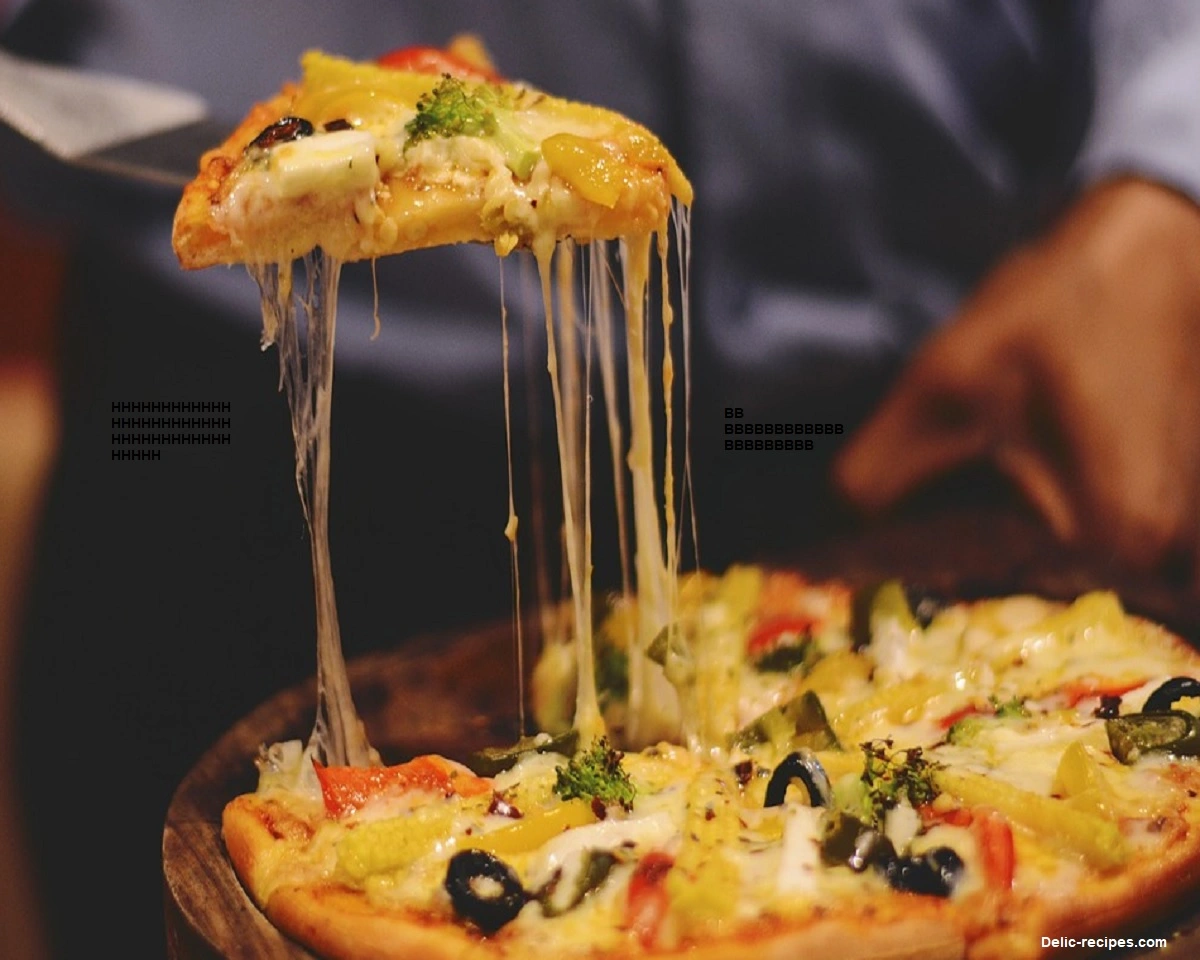Pizza is undoubtedly one of the most popular and beloved foods around the world. It’s a delicious treat that comes in various flavors and sizes. However, if you’re watching your calorie intake, it’s essential to understand how many calories are in each slice of pizza. In this article, we’ll explore the number of slices needed to reach a 500-calorie threshold, allowing you to make informed decisions about your pizza indulgence without sacrificing your dietary goals.
1. What Determines the Calorie Content of Pizza?
The calorie content of a slice of pizza is influenced by several factors, including the type and amount of ingredients used in its preparation. Toppings like cheese, meat, vegetables, and sauces contribute to the overall calorie count. Additionally, the type of crust and the cooking method can also impact the calorie content of a pizza slice.
2. Average Calorie Count per Slice
On average, a regular slice of pizza, typically with a diameter of around 14 inches, contains approximately 285-350 calories. However, this number can vary depending on the toppings and crust thickness.
3. The Impact of Pizza Size on Calorie Count
The size of a pizza greatly affects the number of calories in each slice. As the diameter of the pizza increases, so does the calorie count. Larger pizzas are typically cut into more significant slices, which means each slice contains fewer calories compared to smaller pizzas with smaller slices.
4. Calculating the Number of Slices for 500 Calories
To determine how many slices of pizza equal 500 calories, we need to consider the average calorie count per slice. Let’s assume an average slice contains 320 calories. By dividing 500 by 320, we find that approximately 1.56 slices of pizza make up 500 calories.
Since you can’t have a fraction of a slice, we round up to the nearest whole number. Therefore, you would need to consume around 2 slices of pizza to reach the 500-calorie mark.
5. Factors Affecting Calorie Content
It’s important to note that the calorie count mentioned earlier is an average estimate. The actual calorie content can vary depending on various factors, including:
- Type of crust: Thin crust pizzas generally have fewer calories compared to thick or deep-dish crusts.
- Toppings: Cheese-laden pizzas tend to have more calories than vegetable-based or lean protein toppings.
- Cooking method: Different cooking methods, such as baking or frying, can impact the calorie content of the pizza.
Considering these factors is crucial when monitoring your calorie intake and making informed choices.
6. Healthier Pizza Options
If you’re looking to enjoy pizza while keeping the calorie count in check, there are healthier options available. Opting for thin-crust pizzas with vegetable toppings or lean protein sources like grilled chicken or shrimp can significantly reduce the calorie content. Additionally, choosing pizzas with less cheese or opting for alternatives like vegan cheese can also help lower the overall calorie count.
7. Tips for Enjoying Pizza in Moderation
While pizza can be enjoyed as part of a balanced diet, moderation is key. Here are a few tips to help you enjoy pizza while maintaining a healthy lifestyle:
- Practice portion control: Limit the number of slices you consume in one sitting and pay attention to the calorie content of each slice.
- Balance with vegetables: Accompany your pizza with a side salad or vegetable toppings to add nutritional value and increase satiety.
- Be mindful of other meals: If you plan to have pizza for dinner, make sure to balance your calorie intake throughout the day by choosing lighter meals for breakfast and lunch.
Conclusion
Pizza is a delicious treat enjoyed by many, but it’s essential to be mindful of its calorie content. On average, a slice of pizza contains around 285-350 calories. To reach the 500-calorie mark, you would need to consume approximately 2 slices of pizza. However, factors such as crust type, toppings, and cooking method can affect the calorie count. By making informed choices and practicing moderation, you can enjoy pizza while maintaining a balanced diet.
FAQs
Q1: Is pizza a healthy food option?
Pizza can be part of a healthy diet when consumed in moderation and made with nutritious ingredients. Opting for healthier toppings and practicing portion control is key.
Q2 : Can I eat pizza while on a weight loss journey?
Yes, you can still enjoy pizza while on a weight loss journey. It’s important to monitor your calorie intake, choose healthier pizza options, and practice portion control.
Q3 : How can I reduce the calorie content of my pizza?
You can reduce the calorie content of your pizza by choosing thin crusts, opting for vegetable toppings, using less cheese, and selecting lean protein sources.
Q4 : Are there any low-calorie pizza alternatives?
Yes, there are low-calorie pizza alternatives available. Some options include cauliflower crust pizza, zucchini pizza boats, and mini tortilla pizzas.
Q5 : Can I indulge in pizza while following a specific dietary plan?
It depends on the dietary plan you’re following. Some plans may allow for occasional indulgences, while others may require stricter adherence. Consult with your healthcare provider or nutritionist for personalized advice.

